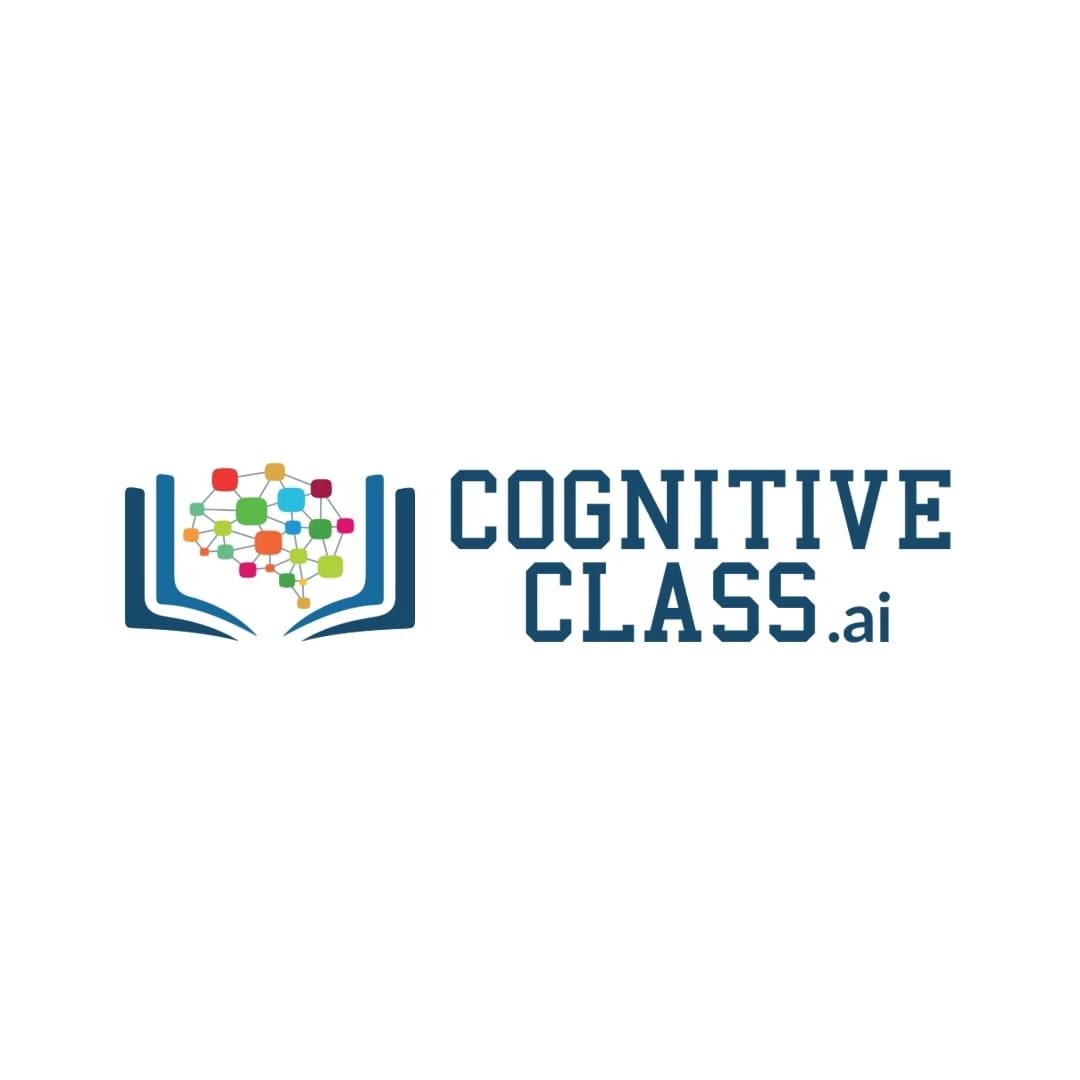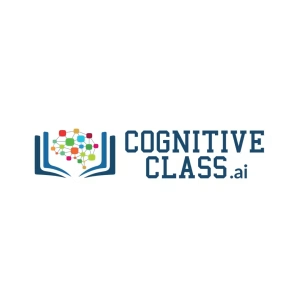Comparing frozen versus trainable word embeddings in NLP
Dive into the concept of word embeddings in NLP. Learn the difference between frozen and trainable word embeddings, and understand when to use each approach for better model performance in text classification and other tasks.
At a Glance
Explore the impact of using frozen versus trainable GloVe embeddings on natural language processing model performance with the AG News data set. Optimize embedding strategies for better efficiency and adaptability in NLP tasks.
Training pretrained word embeddings is a cornerstone of natural language processing (NLP) that dramatically enhances both the understanding and performance of models. This project delves into the critical decisions of freezing or updating embeddings during training. Such decisions influence computational efficiency and model accuracy, providing practical insights into managing pretrained resources effectively in machine learning workflows.
A look at the project ahead
This project provides hands-on experience with real-world NLP tasks, demonstrating how strategic choices in model training can impact outcomes. You’ll understand the interplay between theory and application in the context of word embeddings. The objectives of the project include:
- Work with data sets and understand the importance of tokenization, embedding bag techniques, and vocabulary management.
- Explore embeddings in PyTorch, including how to manipulate token indices effectively.
- Perform text classification using neural networks and data loaders, applying these skills to a practical news data set.
- Train text classification models, comparing the implications of freezing versus unfreezing pretrained weights.
What you’ll need
Before diving into this guided project on word embeddings, you should have a solid foundation in several areas to ensure a productive learning experience. These include:
- A comfortable grasp of basic Python programming, including an understanding of its data structures, functions, and commonly used libraries.
- Knowledge of vectors and matrices, as these concepts form the backbone of handling word embeddings in natural language processing.
- Be familiar with fundamental machine learning principles, such as how to train models and the dynamics of model evaluation.
- A basic understanding of NLP, including concepts like tokenization and text preprocessing, will be extremely helpful.
- Experience with PyTorch or similar machine learning frameworks, though not mandatory, will greatly aid in engaging with the project’s technical requirements.
The IBM Skills Network Labs environment supports learners by providing all necessary software and libraries, optimized for use with modern browsers like Chrome, Edge, Firefox, and Safari, to facilitate a hassle-free start.






There are no reviews yet.